The Nikon Z range of cameras may still be small in number, but with their ability to capture 4K RAW footage and their stunning high-res low-light performance.
The Z6 and Z7 are undoubtedly among the most powerful tools available to videographers today.
But while the Z-Series bodies are very obvious choices for filmmaking, selecting Nikon Z lenses for video is a much trickier task. Should you opt for native Nikon Z-mount glass? Or are there advantages to using third-party lenses or F-mount lenses with the FTZ Adapter?
In this article, we look at 8 of the best lenses currently available for Nikon Z filmmakers, before going on to consider the most important elements to look out for when choosing a lens for Nikon Z videography and filmmaking.
Nikon’s 50mm f/1.2 AI-s lens has been in production since the early 1980s.
Although it’s received minor updates over the years, essentially this is the same old-school tank of a lens it’s always been.
That means fantastic sharpness, exceptional all-metal mechanical construction, and full manual focus control via a very smooth rubberized ring.
Pros
- Exceptionally sharp
- True manual focus
- All-metal build, made in Japan
Cons
- No AF
- No image stabilization
- Requires FTZ converter
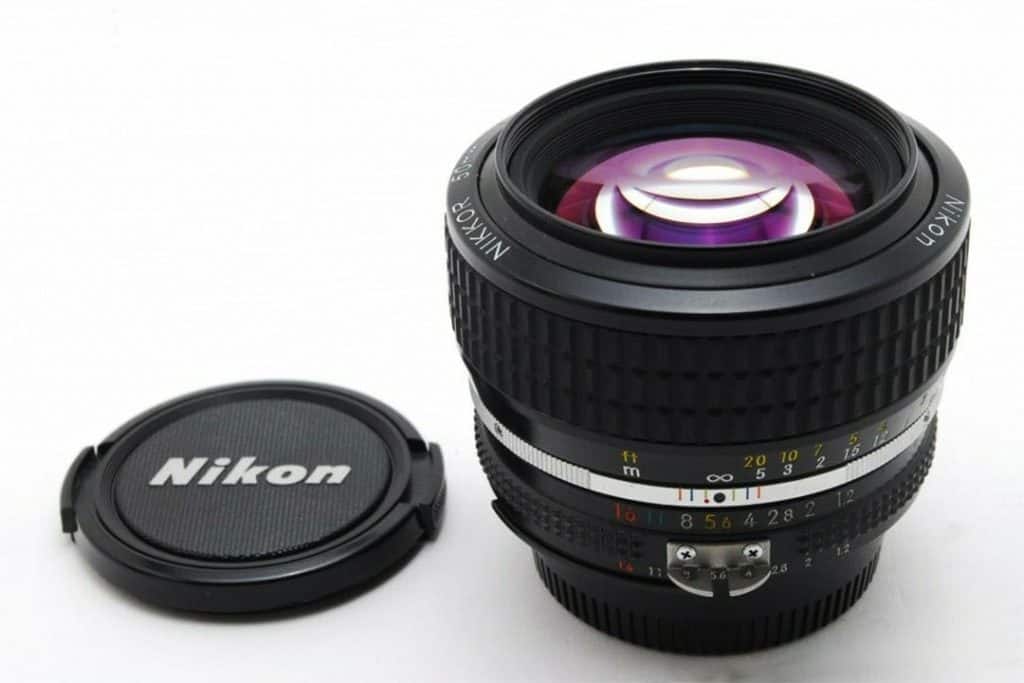
- Filmed with this lens
Although the lens performs well at all apertures, peak sharpness and contrast begin at f/2. This means that while you can certainly make use of that fast maximum aperture when necessary, you’ll get the best results if you stop down slightly most of the time.
If that seems like a major defect, keep in mind that f/2 is still supremely fast.
Indeed, if this was billed as a lens with a maximum aperture of f/2 rather than f.1.2, and we stated it was stunningly sharp at maximum aperture, you’d likely be sold on it in a flash.
As far as genuine imperfections go, the lens does display a minimal amount of barrel distortion.
And, if we’re going to be ultra critical, bokeh is fairly average; nonetheless, out of focus rendering is certainly pleasant enough not to be a distraction.
If you also need autofocus but aren’t willing to give up the true manual control that this lens offers, Nikon’s 50mm f/1.4 AF makes for an only marginally slower alternative.
The optics are essentially the same, too.
The only downside is that the build is somewhat cheap and plasticy by comparison, and the lens is produced in China rather than Japan.
As 35mm primes go, Nikon’s Z 35mm f/1.8 S is a bulky bit of glass. A fact that’s reflected in its equally hefty price.
Still, you get a lot for your money here, and while the lack of true linear manual focus will be enough to discourage cinematography purists, for regular video work it performs just fine.
Pros
- Extremely sharp
- Near-silent focusing
- Well built
- Weather sealed
- Almost no focus breathing
Cons
- Expensive
- Somewhat busy bokeh
- AF is not the fastest of the Z-line
- Focus-by-wire
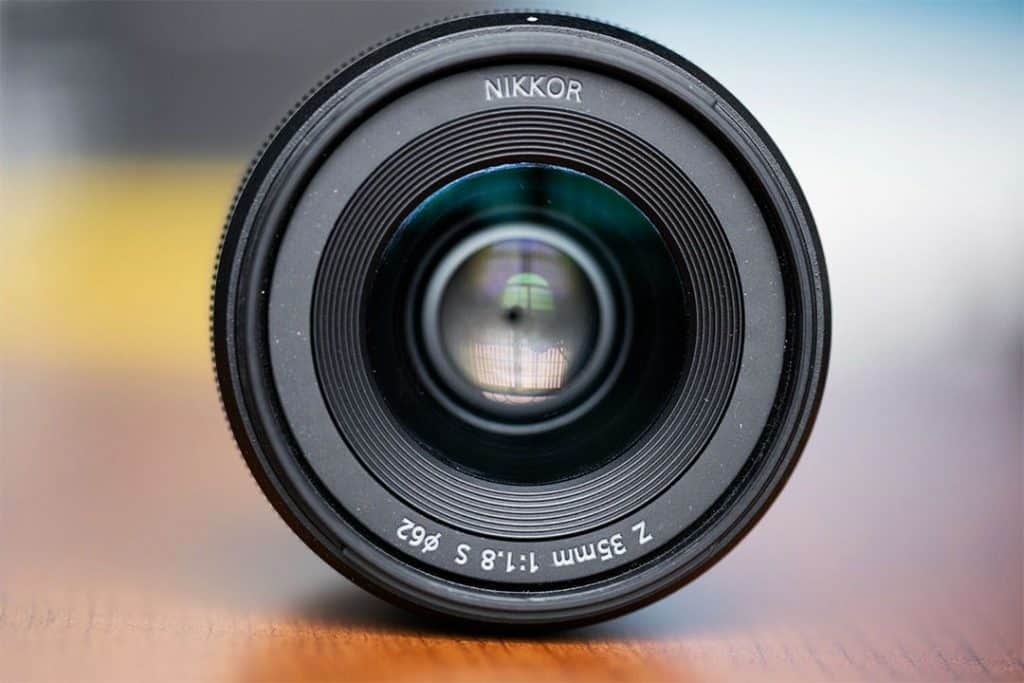
Indeed, autofocus is very good.
However the Nikkor S lenses generally perform so well in this area that they’ve upped our expectations, and the 35mm f/1.8 S is by no means the fastest of the bunch.
That still makes it very fast-focusing lens though, and importantly it’s also near-silent.
With its wide maximum aperture, the 35mm f/1.8 S is particularly good for low-light work where sharpness is a must; even performing well in the corners.
Out of focus rendering is generally quite nice. However on certain subjects the bokeh can be a little busy, exhibiting “onion ring” artifacts.
Whether you consider this to be a serious fault or not is highly subjective; some might argue that if viewers are looking at the background of your footage then its actually the foreground that’s in need of a little more work.
Beyond the lack of true manual focus (which is in any case common to nearly all the Z-series lenses), the only other minor gripes are a touch of barrel distortion and a degree of color fringing; indeed more so than with the Z 50mm f/1.8 S (below).
There may be lenses that produce somewhat nicer bokeh, and there are certainly cheaper 50mm options available, but few offer the ability to capture scenes with so much sharpness across the frame at fast aperture in the way that Nikon’s Z 50mm f/1.8 S does.
Pros
- Very sharp, across the frame, and at all apertures
- Minimal color aberrations
- Study build
- Weather sealed
Cons
- Big and heavy
- Expensive for a 50mm f/1.8
- Slightly harsh bokeh
- Focus-by-wire
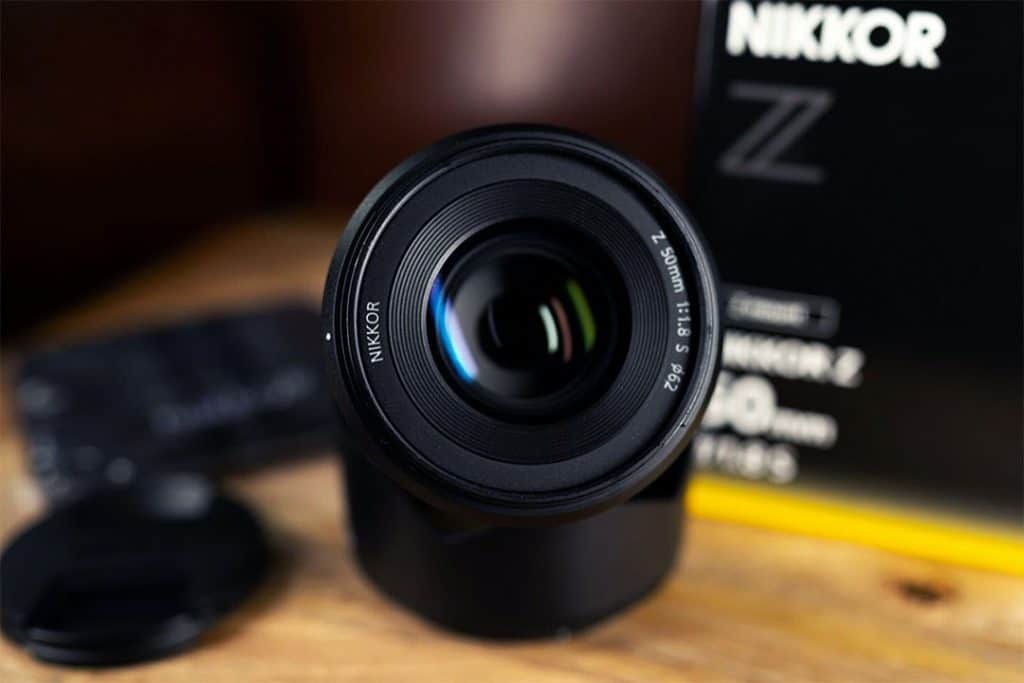
Not only that, but this lens is essentially free from optical defects such as coma and color fringing.
So if optical clarity and precision are high on your list of priorities, you’ll find little to disappoint here.
In common with the majority of the Nikon Z lenses, though, cinematography purists will likely shun this lens for its lack of true manual focusing capabilities.
For regular day-to-day video work, however, the 50mm f/1.8 S’s snappy and silent autofocus will get the job done without cause for complaint.
In short, this is an optically superb standard lens that produces stunningly sharp and artifact-free video footage even when used at its widest aperture settings.
Videographers who insist upon true manual focus action will of course need to look elsewhere, but for anyone who prefers the convenience of autofocus, there are very few 50mm lenses out there that can compete in terms of image quality.
Sigma’s ART 35mm f/1.4 lens is a fantastic little medium wide-angle prime lens for full frame Z6 and Z7 cameras, and offering the equivalent of 52mm when used on the Z50.
The lens is supremely sharp, even when used at its widest aperture setting of f/1.4; making it a fantastic choice of lens for when high optical performance in low-lighting situations is a must.
Pros
- Amazingly sharp
- Well built
- Fast, accurate, and almost entirely silent autofocus
- Linear manual focus
Cons
- Not weather-sealed
- Slightly busy bokeh
- No image stabilization
- Requires FTZ converter
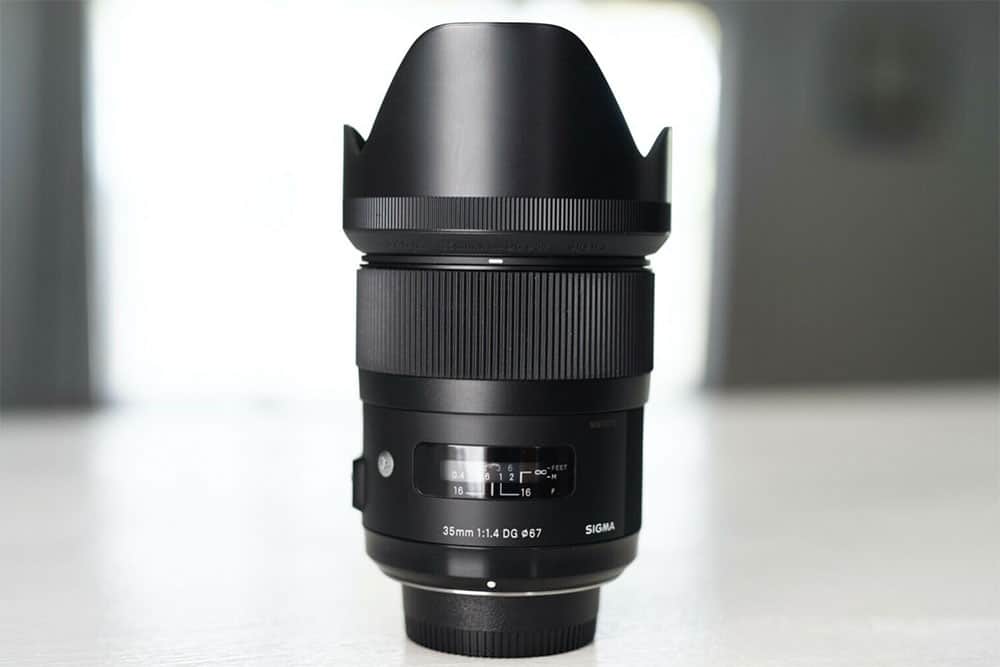
Add to this the fact that autofocus performs brilliantly, producing almost no discernible noise, and you’ve got a great all-round workhorse video lens.
Meanwhile, for those who prefer full manual control over focusing, the Sigma also provides smooth linear manual focus action via a wide and grippy ring.
Although very sturdily built, Sigma don’t rate this lens as weather sealed, so it’s perhaps not the best choice for those who make a habit of shooting in wet and dirty conditions.
And while bokeh is perfectly good most of the time, it can make some backgrounds appear a little busy and distracting, so it will perhaps not to be everybody’s liking.
Otherwise though, the optics are great, and the lens displays very little in the way of color aberrations, and only an expected amount of distortion and vignetting for a lens of this type.
The DC-Nikkor 135mm f/2D is a medium-length telephoto prime that was designed as a portrait lens, making it ideal for tight head shots or for artier pickups or edgy long-lens footage.
One of the best lenses ever made at this focal length, the 135mm f/2D is exceptionally sharp, edge-to-edge; even when used at f/2.
Pros
- Admirably sharp
- Great manual focus action
- “Defocus Control” for better bokeh
- Solid metal build
Cons
- Not weather sealed
- Requires FTZ converter
However, outstanding image resolution isn’t the only optical trick this piece of glass has up its sleeve. The “DC” in the name of the lens stands for Defocus Control.
This is effectively a separate ring on the lens barrel, just under the aperture ring, that allows you to alter the way in which out of focus areas of the image are rendered.
In short, you can choose between soft and harsh bokeh.
To be clear though, the DC effect makes no difference to depth of field, but merely alters the degree to which already out of focus elements are blurred.
The results are fantastic; bokeh-aficionados will find their cravings fully sated.
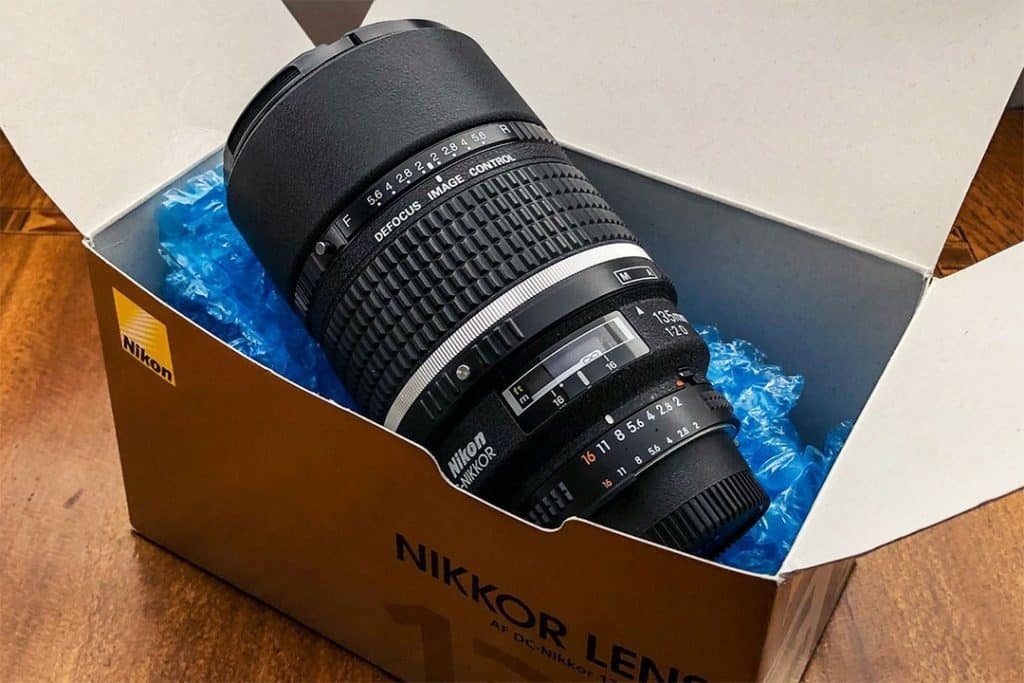
The lens displays no distortion, only the slightest hint of color fringing, and minimal vignetting at wider apertures.
Autofocus is very good, and manual focus is excellent; especially considering that this is an AF lens.
This makes it a great choice for producing smooth follow-focus sequences.
Finally, although Nikon doesn’t rate the lens as being water or dust-proof, it is very solidly built from metal and is clearly up to the rigors of professional use.
All in all this is a fantastic piece of glass that would likely have made it to our top spot if it wasn’t for the simple fact that a 50mm lens is always going to be more useful for video than one with a focal length of 135mm.
The AF 85mm f/1.4D is one of Nikon’s best portrait lenses, combing both true manual focus control and fast and accurate autofocus in a medium-length telephoto lens.
These Nikon D-series lenses are very sharp, and built to last from solid metal and glass. Contrast is good, and the lens produces smooth, uncluttered – and just generally very attractive – bokeh.
Pros
- True manual focus
- Fast and accurate autofocus
- Fantastic bokeh
- Very sharp
Cons
- No image stabilization
- Requires FTZ converter
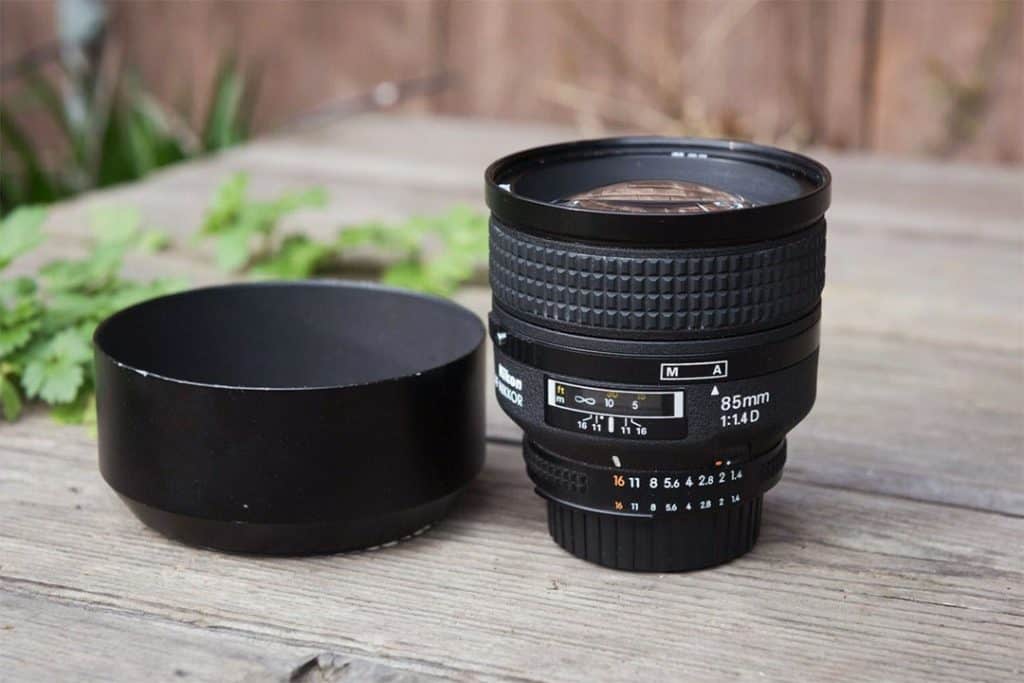
Footage shot using the 85mm f/1 displays no distortion at all, and is sharp even at wide apertures.
However, as with many other lenses in the D-line, for best optical performance you’ll need to shut down to f/2 or so.
The lens allows you to control aperture via a physical ring, or put it at f/16 and you can then control aperture settings from the camera instead.
All in all, this is a great lens for close ups, pickup shots, and especially talking heads.
A solid workhorse lens for video and stills, the Nikkor 24-70mm f/2.8G ED offers both good autofocus performance and genuine manual focus control for precise and creative focus-pulls.
Zooms are rarely the best solution for those seeking maximum optical performance, but the 24-70mm f/2.8 ED fully holds its own here.
Pros
- Great central sharpness
- True manual focus
- Accurate and silent autofocus
Cons
- No image stablization
- Corners soft at wider settings
- Mediocre bokeh
- Expensive
- Requires FTZ converter
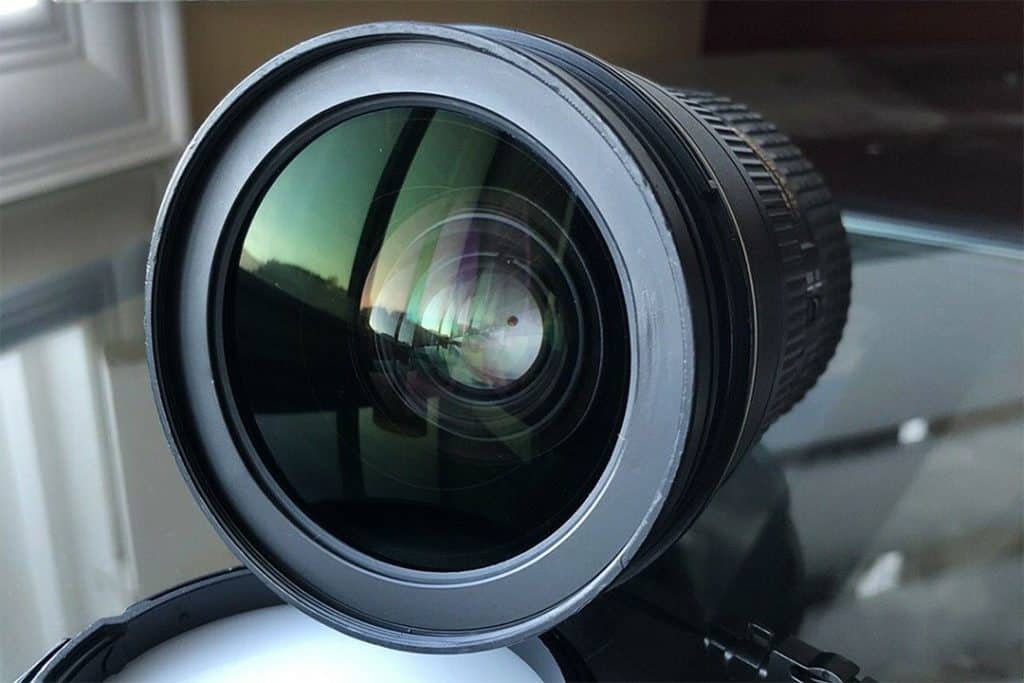
Although, as is to be expected, there’s considerable disparity in performance throughout the zoom range; for example, using the lens at 35mm results in sharp and distortion-free images, however edge sharpness suffers and some barrel distortion becomes apparent when shooting at 24mm.
Autofocus is silent and accurate.
Meanwhile to change from AF to manual operation there’s no need to flick switches or dig deep into menus; just turn the focus ring and away you go. Unfortunately bokeh is rather unexceptional, with slightly harsh edges in some situations.
There’s also some noticeable – but not too distracting – vignetting at wider apertures. In any case this becomes virtually undetectable by f/5.6.
Nikon’s Z 24-70mm f/4 S is a good all-purpose zoom lens that performs sharply throughout the aperture range, with only a slight drop in optical performance at the corners when used wide open.
However, while the plastic build helps to keep the weight down, it does little to inspire faith in the longterm durability of the product.
Pros
- Very sharp
- Weather sealed
- No focus breathing
Cons
- Relatively slow maximum aperture
- Plastic build
- Focus-by-wire
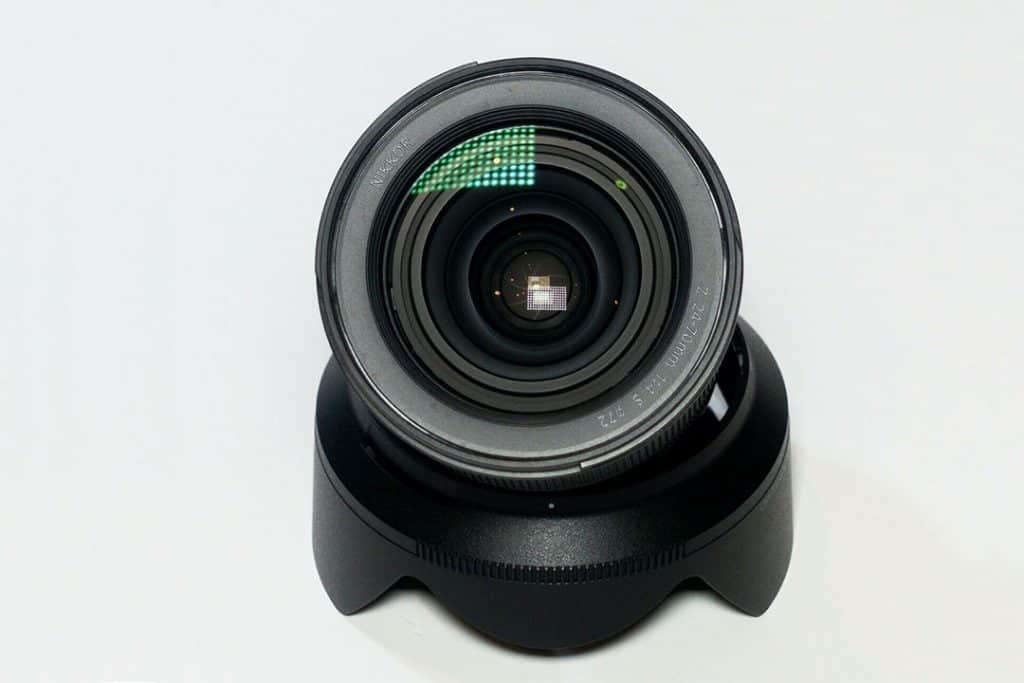
Nonetheless, the lens features nice grippy barrel rings (one for zoom, the other customizable), so it’s just a shame that neither of them provide true linear manual focus control.
Instead you get the thoroughly unsatisfying action of focus-by-wire, which although smooth, provides no resistance, no infinity stops, and little in the way of accuracy. More positively, though, autofocus is fast, accurate, and largely silent.
Note that this lens is perhaps not quite as sharp as the faster Z 24-70mm f/2.8 S. However the difference in price between the two models is significant, and for general video use the f/4 lens will do a perfectly good job.
In any case, those looking for truly exceptional video performance will likely want to look at the Nikon 24-70mm f/2.8G ED (above) instead, as this offers a combination of better optics, a faster maximum aperture, and true manual focus.
All in all then, the Z 24-70mm f/4 S is a solid general-use lens for quotidian video work.
But with its focus-by-wire action and slower maximum aperture it’s probably not high on the want-list of too many auteur videographers or arthouse film makers.
Nikon Z Videographers: What To Look For?
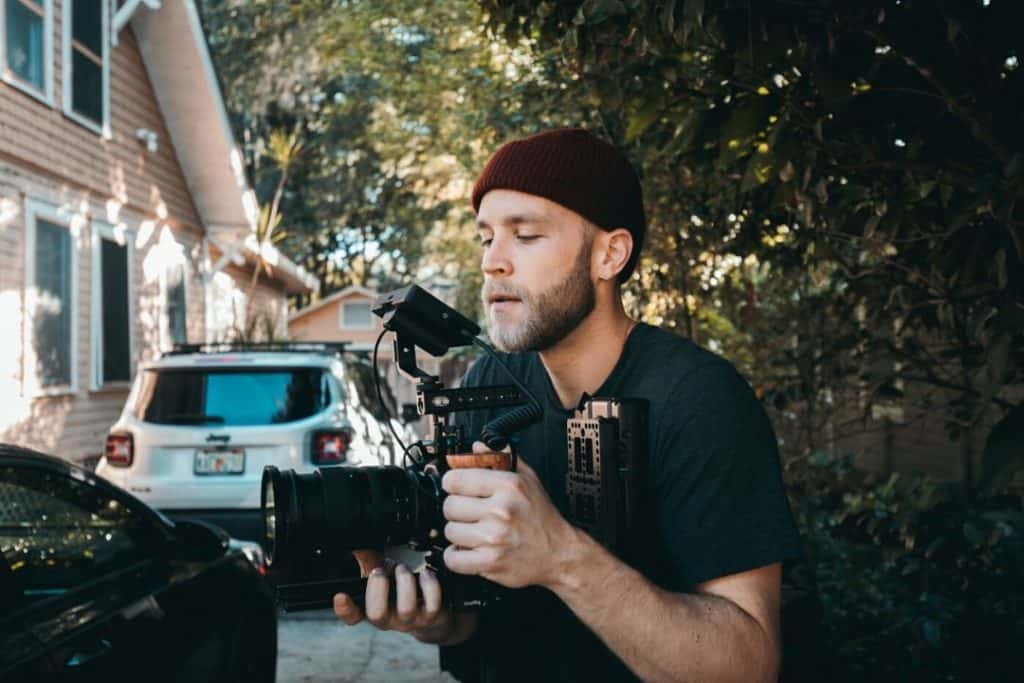
Maximum Aperture
A lens with a wide maximum aperture will always cost more than an otherwise identical lens with a smaller maximum aperture.
So if you already know that the type of projects you tend to work on don’t require especially fast glass, you can save yourself a considerable sum of money by choosing slower Nikon Z lenses for video work.
Just how important maximum aperture will be for you in terms of light-gathering abilities will depend on the situations you typically shoot in.
If you generally work in a studio, or on locations where you are free to set up your own lights, then you might be happy to save some money by going for slightly slower lenses – such as those with a maximum aperture of f/2.8 or even f/4.
But for those who invariably have to make do with whatever available light there already is on location, or who frequently shoot outside very early or late in the day for the quality of light this brings, anything slower than f/2 will make life very difficult.
Aside from the matter of exposure, however, maximum aperture also influences depth of field.
If you generally try to get as much of the scene in focus as possible – from foreground to background – you’ll be unlikely to ever want to shoot wide open anyway.
At least as long as lighting conditions will permit it.
In which case it would make little sense to splash out extra money on a faster lens.
For most people though, the situation will be totally the opposite; i.e. a shallow depth of field will be very desirable in the majority of shooting situations.
If that’s you, then clearly a very wide maximum aperture will be essential.
This is especially the case when working with wide-angle lenses, where it is typically more difficult to achieve a shallow depth of field unless shooting at an extremely wide aperture.
Bokeh
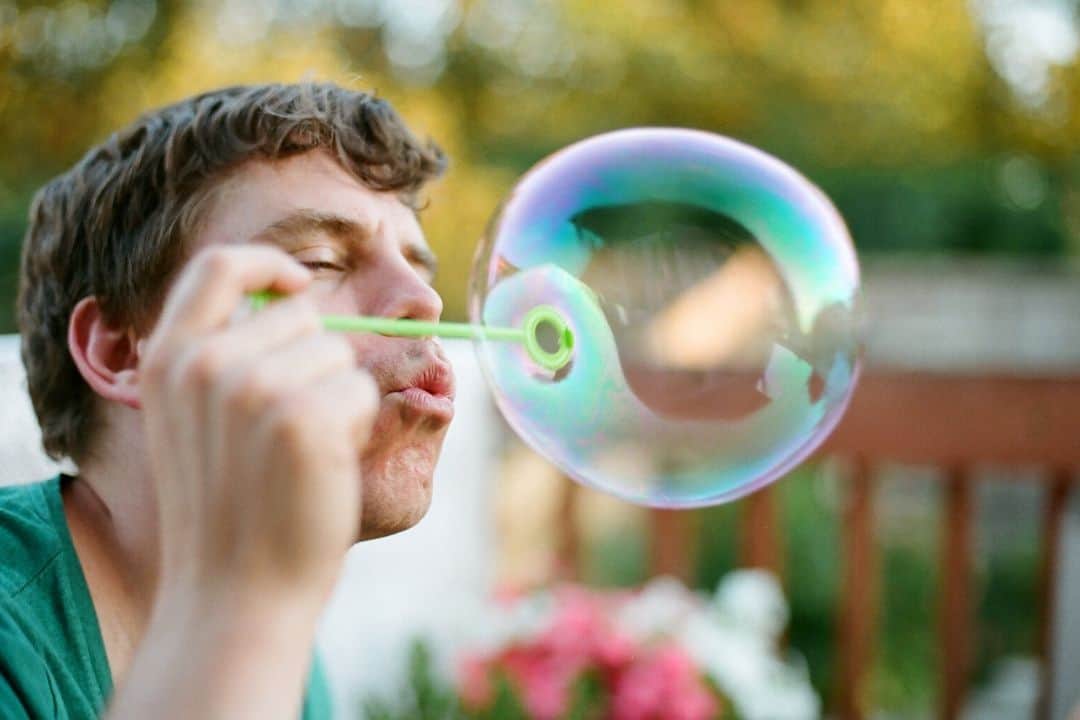
Bokeh refers to the way in which a lens renders out of focus areas of the frame; usually the background and/or foreground.
More specifically, it’s about the quality of out of focus rendering, not the degree to which those areas are out of focus.
Some lenses will make out of focus areas of your footage look beautifully smooth, fluid, and cinematic.
Others will render backgrounds in a fussier way; often with distracting, bitty details and artifacts.
A lens that produces nice bokeh is undoubtedly more desirable than one that produces ugly bokeh.
And if you particularly value the aesthetic qualities of your videography, then it will certainly pay to avoid using any lenses that produce particularly messy and distracting out of focus areas.
Having said that, today’s obsession with bokeh is largely a product of the internet-age.
Once upon a time in days of yore, filmmakers and photographers just got on with producing films and photos. Naturally they cared about the quality of the lenses they used, but they didn’t spend too much time worrying about them beyond basic functionality and image sharpness.
But with the arrival of the internet – and particularly photography blogs such as this one – suddenly “content” became king.
And realistically there’s only so much of real value that you can say about a camera lens.
However, if you start obsessing over minor details such as the way a lens renders blurred parts of the image, you’ve quickly filled another page of content.
Consequently almost an entire industry has emerged based on people worrying about bokeh.
As a result of this there’s now a certain type of amateur photographer who produces images in which very little is going on except pretty bokeh.
But when real working photographers, videographers, and DPs get together, they do not spend their time talking about lens bokeh.
Even filmmakers and photographers who have made their names precisely because of the beauty of their work are usually more concerned about actual content, craft, and technique than they are about gear.
To be clear, you should absolutely avoid any lens that produces truly terrible bokeh.
But the fact is that very few of the lenses available for the Nikon Z system produce anything less than perfectly good bokeh.
More commonly though, they produce great bokeh.
So when considering which Nikon Z lenses for video you should choose, take a quick look at the quality of images they make, and move on.
Life is too short to develop a bokeh-fixation.
Focusing
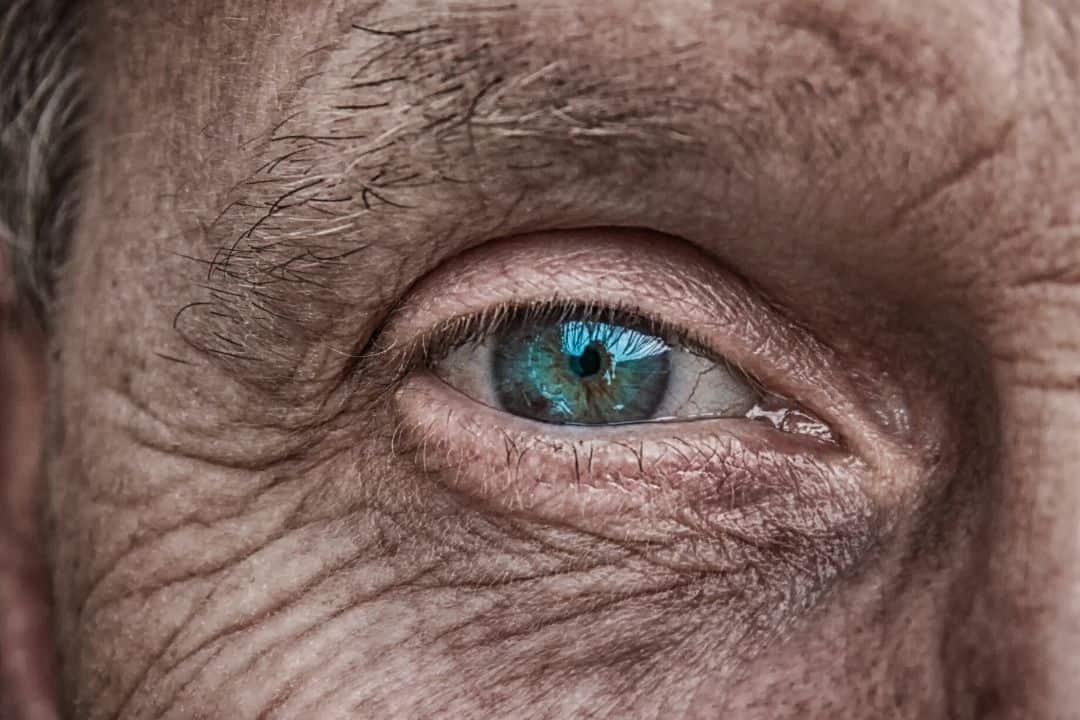
When selecting a set of Nikon Z lenses for video it’s important to consider the matter of focus.
In particular, whether you should choose to work with manual or autofocus lenses.
Autofocus is a wonderful invention. Fast, accurate, and better at locking on to subjects than a human can ever be, autofocus guarantees sharp footage with a minimum of fuss.
For this reason it will be the most appropriate focusing solution for many shooting situations.
Many, but by no means all. Sure, autofocus will be fine for most events, weddings, and basic documentary shoots.
But any videographer whose interest in focus extends beyond merely capturing sharp and technically “correct” clips will likely want to forego autofocus entirely, instead opting for the greater creative freedom and narrative control provided by manual focus operation.
Focus is not merely a basic technical requirement (in fact sometimes it’s not even that), but a powerful and important storytelling technique.
While autofocus can make capturing technically acceptable footage much simpler, it’s designed only for this.
Meanwhile, everything from simple panning shots to follow or rack focusing – and many more advanced camera techniques besides – will be better achieved by means of manual focus.
Indeed, in some cases they can only be achieved with manual focus.
Nonetheless, for many videographers, autofocus will be essential.
If that’s you, beyond AF speed and accuracy, consider whether you’ll be using external microphones for audio capture, or instead will always record via your camera’s onboard mic.
If you’re ever likely to do the latter, then you will need lenses that focus totally silently, or risk having your clips ruined by motor noise.
On the other hand, if you plan on focusing manually at any point, be aware that not all lenses billed as providing manual focus genuinely do so.
Unfortunately many modern camera lenses use a pseudo-manual system known as “focus-by-wire.”
Here turning the focus ring doesn’t directly move mechanical parts of the lens, but instead sends an electronic message to the autofocus motor, which then moves the lens elements for you.
In the best case scenario, with a focus-by-wire lens there will be no consistency to the degree to which turning the ring changes focus.
Indeed, with focus-by-wire, speed of movement plays as much a part in dictating focus as the degree to which the ring is turned.
And if you’re really unlucky there will also be a noticeable lag between turning the ring and the lens focusing on the subject.
For producing complex manual video focus sequences you will rely in large part on muscle memory; getting a feel for how far the focus ring needs to be turned each time to reach the correct point of focus.
This is only possible when using a genuinely mechanical focus mechanism, whereby turning the focus ring directly moves the lens elements.
A lens that focuses “by wire” won’t provide this level of control and is therefore unsuitable for serious filmmaking.
Sharpness
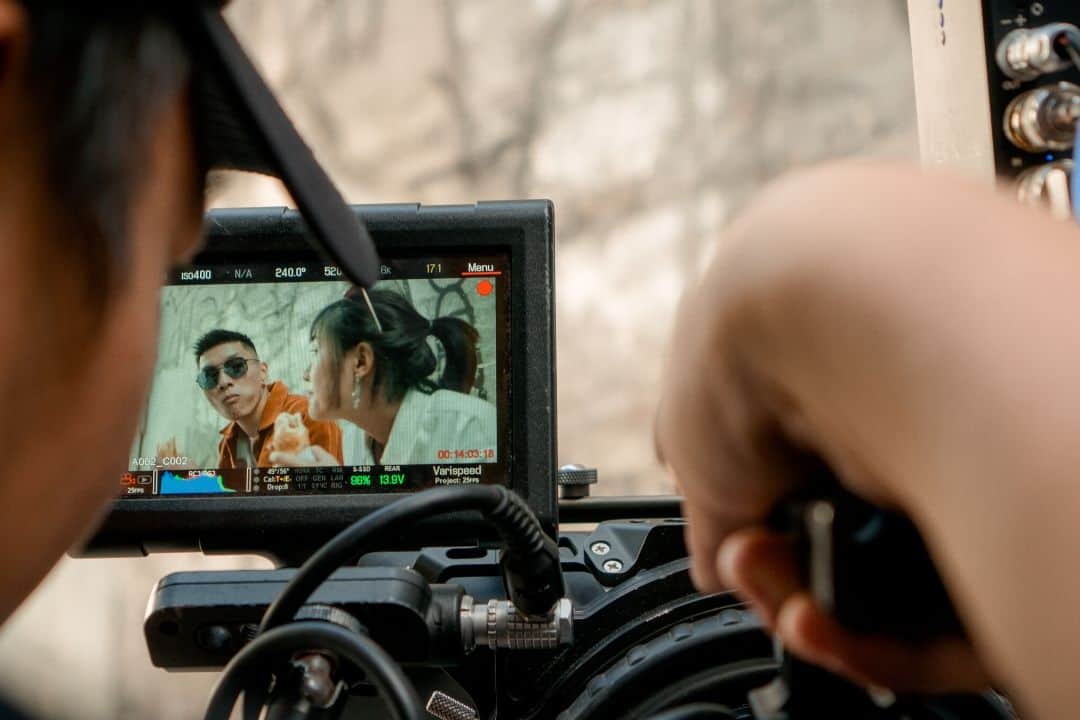
It goes without saying that filmmakers wouldn’t go through all the trouble with focusing described in the last section if they didn’t care about getting nicely sharp results.
Clearly, then, you’ll want to get the sharpest Nikon Z lens you can afford for your video work.
More expensive lenses are often better built, with superior optics, and therefore produce sharper footage than cheaper lenses.
However, that’s not always the case, so don’t assume that you will necessarily need to go for the most costly option in order to be able to shoot beautifully sharp video.
It’s also worth remembering that it’s quite common for a lens to be supremely sharp in the center of the frame, but perform much less impressively towards the edges.
How important corner sharpness is for you as a film maker will depend in large part on the subjects you shoot and how you shoot them.
Indeed, for more creative film making, or when nothing of great importance will be placed towards the edges of the frame, a little corner softness can even be desirable.
Similarly, most lenses tend to perform at their sharpest – both at the edges and in the center – when closed down a few stops from maximum aperture.
They’ll likely then remain sharp through most mid-range aperture settings, becoming softer again once they get to about f/16 or so.
However, performance in this area can vary greatly between different models; a few highly-prized lenses are optically stunning even at very wide aperture settings, whereas others will be virtually unusable until stopped down quite a long way from maximum aperture.
Primes vs Zooms
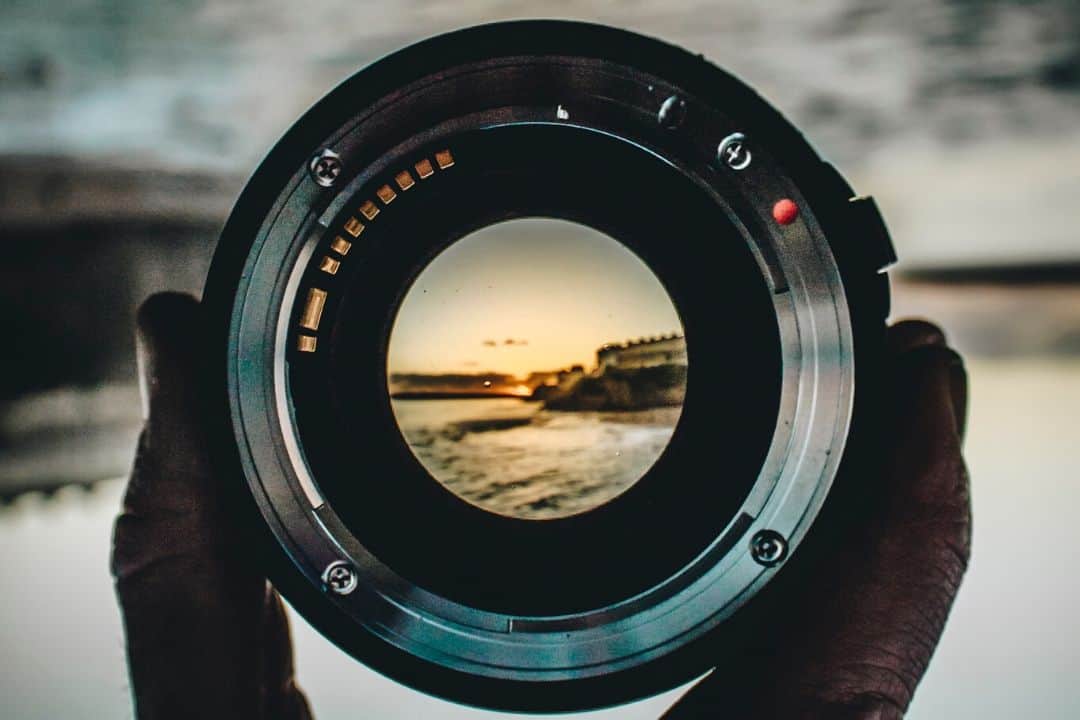
Keeping on the topic of image quality, it’s important to consider that a prime lens will usually produce sharper results at a lower price point than an equivalent zoom.
So although a zoom lens may initially appear attractive because it saves having to purchase several separate prime lenses, in order to obtain the same image quality you may end up having to buy a very expensive zoom.
Perhaps even one costing more than the price of several prime lenses combined.
And that’s assuming an equally sharp zoom covering your desired focal range exists in the first place.
Zooms also tend to be slower than prime lenses.
A few very fast zooms do exist. However, due to the high cost and difficulty of building them, you can expect such lenses to be both very big/heavy and prohibitively expensive.
In short, if you value sharpness and speed but only have a limited budget to play with, primes are likely going to prove the best solution.
Conversely, if you prefer the convenience of being able to cover several focal lengths with a single lens, and can live with a narrower maximum aperture and potentially inferior image quality, then a zoom may be the better option.
But if you effectively want it all, be prepared to pay through the nose for an exceptionally sharp, fast, zoom lens.
Lens Mount
As we’ve already seen, generally Nikon’s native Z-mount lenses will only be suitable for a certain kind of video work.
Thankfully though, those filmmakers who want access to true manual focus control on their mirrorless system have a huge array of alternative options open to them; either in the form of Nikon’s own F-mount lens system or those produced by third-party manufacturers.
Of course, in order to use F-mount lens with your Z-mount camera you will need to invest in an FTZ converter.
Adding extra expense on top of the purchase price of your Nikon Z lenses. But if you’re serious about videography and want to make use of sharp manual focus glass such as this, an F-mount adapter will be an essential investment. In any case, you only need to buy one adapter and you’ll be able use as many Nikon F-mount lenses as you wish.
Final Thoughts
Native Nikon Z lenses can be great for general video work.
However, due to the focus-by-wire system, they are not so appropriate for more specialized cinematography where manual focus control becomes critical.
To be sure, if you don’t object to using autofocus all the time, you’ll be very happy to stick with the native Nikon Z lenses for video work, as they function beautifully.
But if you want to experiment with more complex focusing techniques, then manual focus is the only way to go.
And as most Nikon Z lenses lack true mechanical manual control, they are not appropriate for this kind of filmmaking.
What are your thoughts and preferences on the matter? Are you happy using autofocus for your videography? Or do you consider manual focus to be essential? Which Nikon Z lenses for video would you choose?

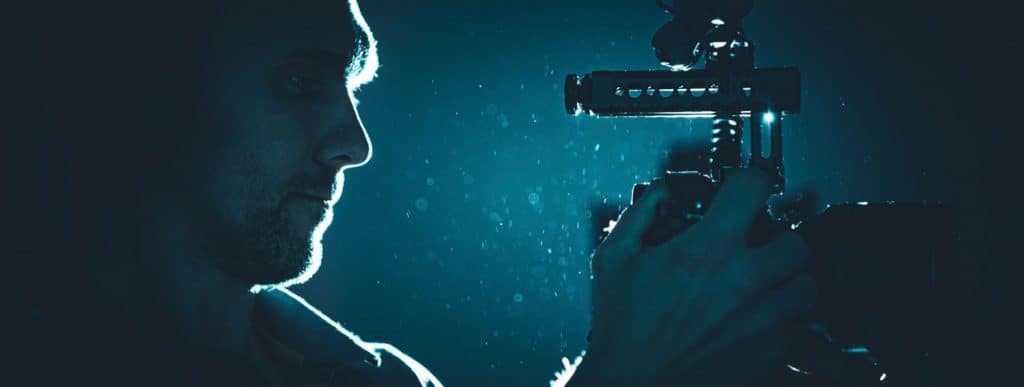

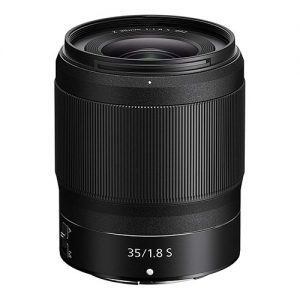
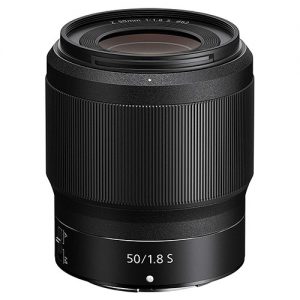
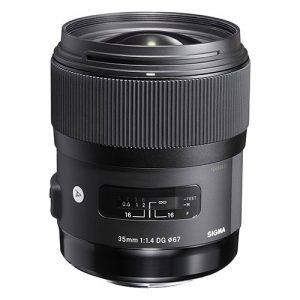
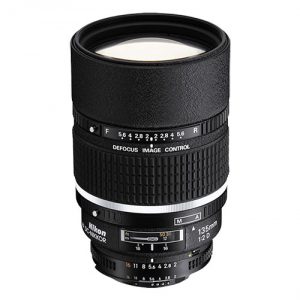
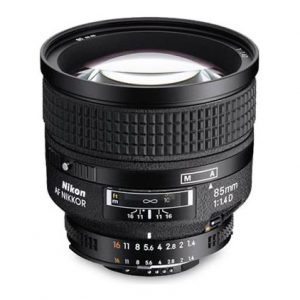
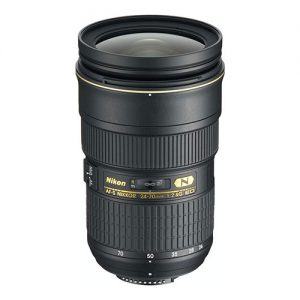
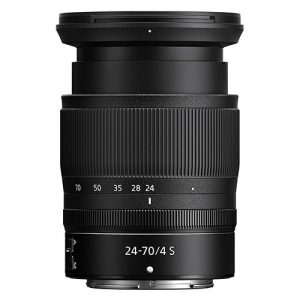





3 thoughts on “Top 8 Best Nikon Z Lenses For Video”
Great article and reviews. Thank you very much.
The D lenses don’t AF on the FTZ. The way this is written infers that they do.
Do rokinon lenses work with the FTZ adapter? I head that the z finder doesn’t work with it.